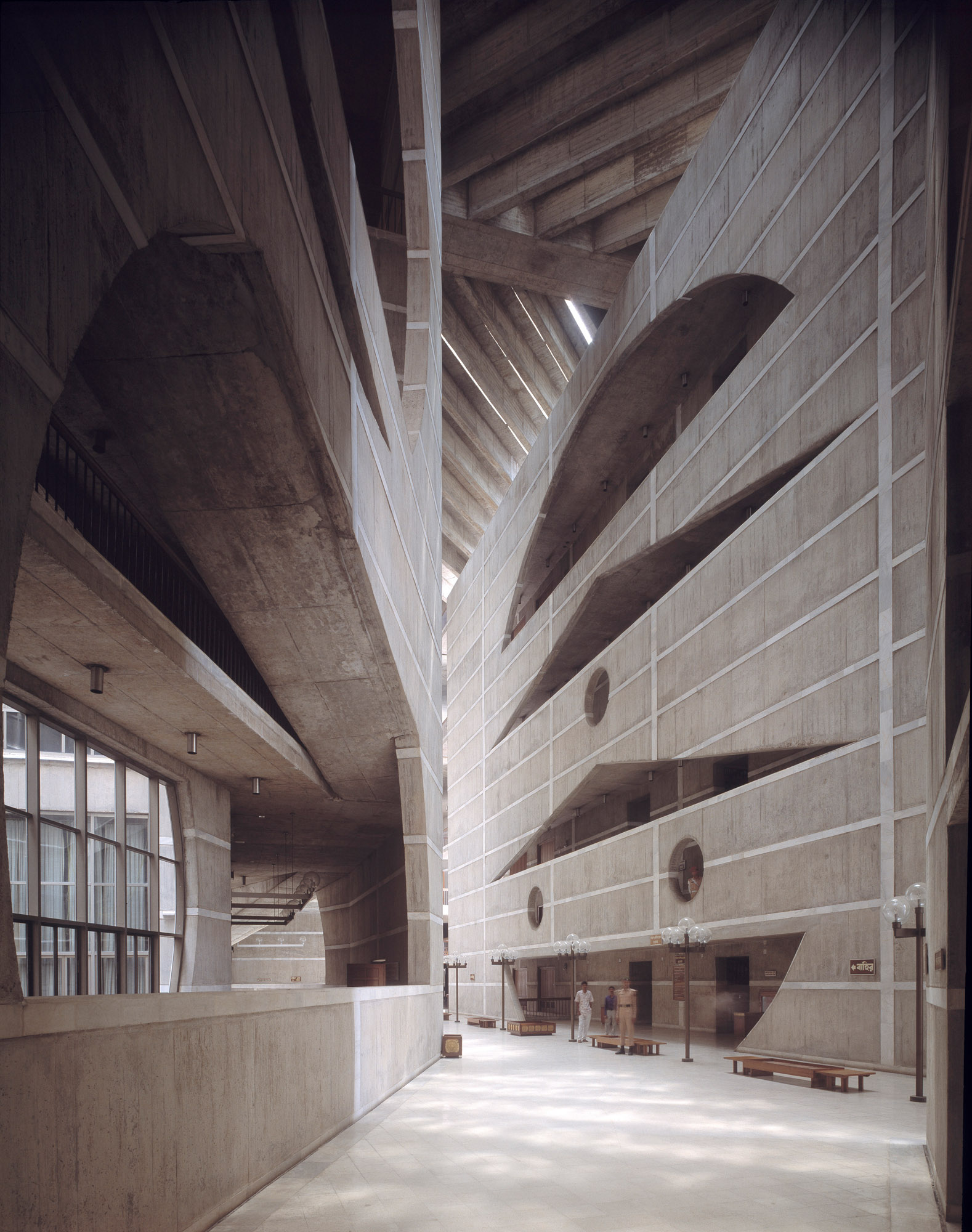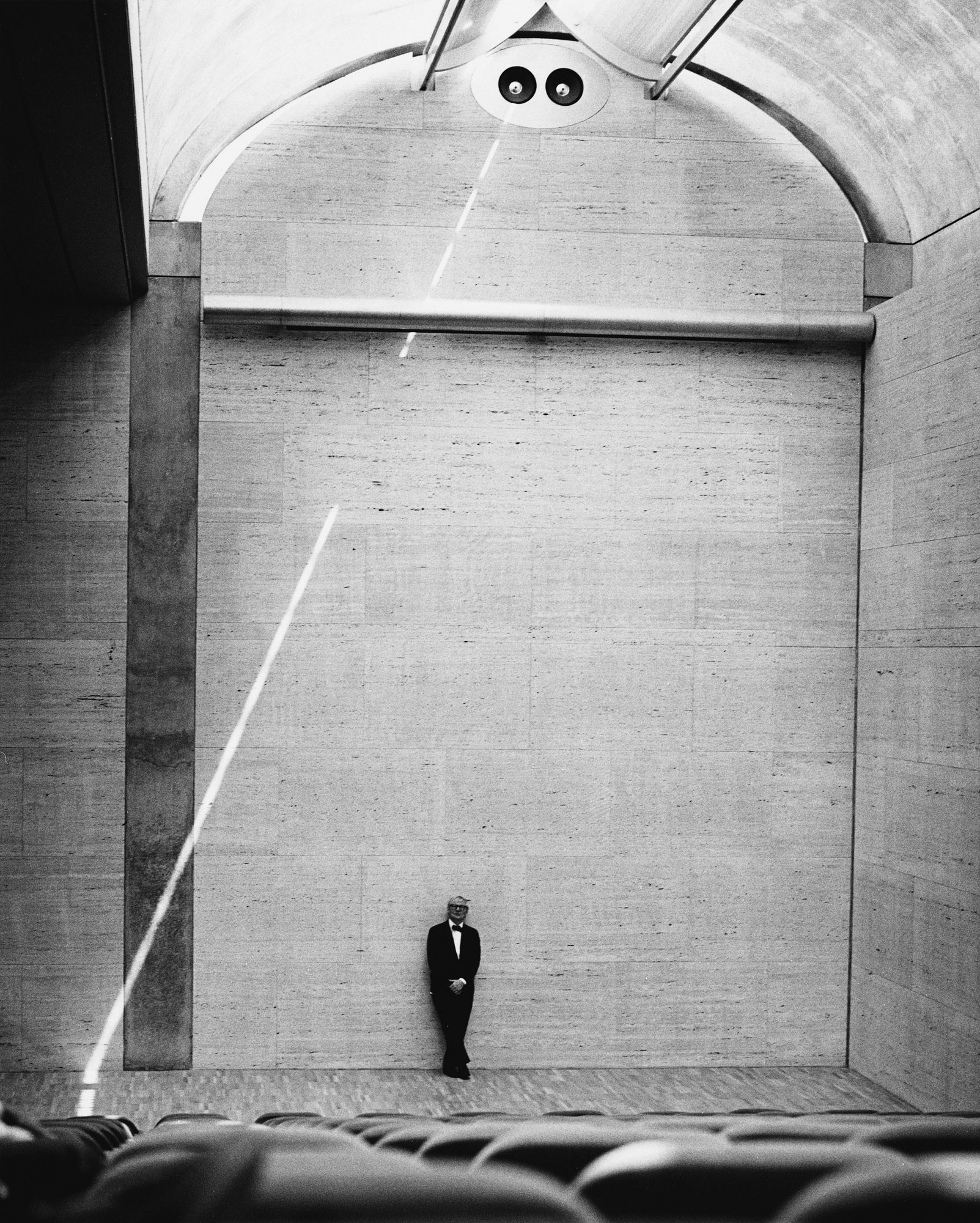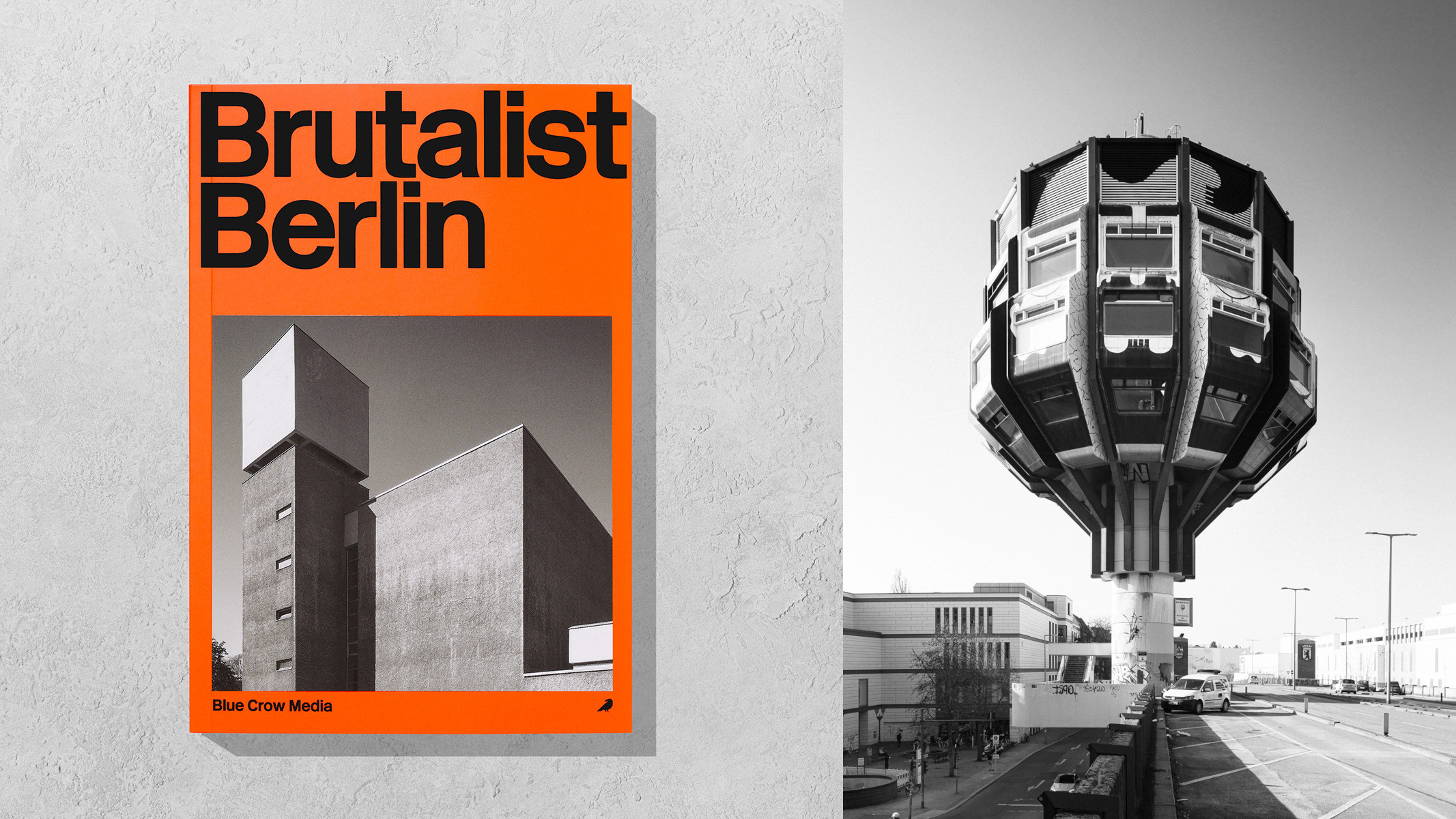Louis Kahn's modernist mastermind celebrated through new collaborations
The legacy of modernist architect Louis Kahn lives on to inspire a new generation, thanks to collaborations with family and fans

Louis Kahn’s work, though little recognized through much of his early career, became well-admired later in his life and after his untimely death in 1974. The architect is known for his use of light, material, and familiar geometric shapes - circles, squares, triangles, cubes, pyramids, spheres, tetrahedrons - in a way that is at once organic and systematic. It has resulted in a rare, for its time, global output and a series of acclaimed masterpieces, such as the Salk Institute for Biological Studies, Kimbell Art Museum, National Assembly Building of Bangladesh, Four Freedoms Park, Phillips Exeter Academy Library and Dining Hall, and the Yale University Art Gallery.

The National Assembly in Dhaka, Bangladesh, completed in 1982
The new Louis Kahn book: 'The Last Notebook'
Kahn masterfully married dichotomies. He combined modernity with monumentality – taking inspiration from centuries-old buildings and structures of Greece and Egypt – as well as the spiritual through his use of concrete, wood, steel, and glass in ways that felt touched by the hand, drawing on the beauty of natural imperfections and the idiosyncrasies of each material. He created a dazzling choreography between light and shadow within his buildings in a way that few architects can achieve.

Kahn photographed in the auditorium of the Kimbell Art Museum in 1972
The Last Notebook, published by Lars Müller this April, offers a very personal insight into Kahn’s mind. The reproduction of the architect’s final notebook, the book shows his early sketches of Four Freedoms Park, interiors and drawings of furniture, notes to himself, and a draft for an acceptance speech. ‘My dream for this book is that it not be a very precious thing, but something where you can see him as a person and not some kind of architectural idol that's on a pedestal,’ says Sue Ann Kahn. ‘And then I hope you are inspired to use the blank pages to make your own drawings, write your own thoughts.’

The Salk Institute for Biological Studies in San Diego, California, completed in 1965
Simultaneously, Form Portfolios will be shedding light on Kahn’s furniture and interiors practice, which created a holistic experience ranging from the form and detail of the building itself to built-in shelving, desks and tables, lighting fixtures, chairs, and more – all designed by Kahn in his signature style. ‘Our principal mission is to perpetuate the legacy of Louis Kahn. He is widely known for his architecture, yet he was also an artist and designer. So today, we're telling an entirely new chapter of his legacy for the very first time,’ says Form Portfolios' founder and CEO Mark Masiello of a line of furniture and lighting they will be releasing with the Kahn estate and brand partners over the next year.

Pages from Kahn’s final notebook showing sketches for a sunken court entrance at the Yale Center for British Art in Connecticut
It is an apt time to be bringing this iconic and ever-present architect to the forefront. His Yale Center for British Art (his final building) and Yale University Art Gallery (one of his first commissions) sit just across the street from one another in New Haven, Connecticut. They are undergoing and completing recent conservation renovations respectively (the former led by Knight Architecture and the latter by Ennead Architects).
Renowned architect and designer Carlo Scarpa said of Kahn on his unexpected death: ‘The “Master” is the one who express[es] new things in a way that other people can understand … The great modern architects are no longer with us. The last one, Louis Kahn, went away in a dramatic way – it’s an irreplaceable loss.’ Scarpa, like many architects, was a deep admirer of the work of Kahn, whose temple-like buildings, while not prolific in numbers, were so in iconicity. And we celebrate that even 50 years later.
Receive our daily digest of inspiration, escapism and design stories from around the world direct to your inbox.
Louis I. Kahn: The Last Notebook, edited by Sue Ann Kahn, is released 16 April, and available to pre-order from Amazon
A version of this article appears in the May 2024 issue of Wallpaper*, available in print, on the Wallpaper* app on Apple iOS, and to subscribers of Apple News +. Subscribe to Wallpaper* today
-
 This cult Los Angeles pop-up restaurant now has a permanent address
This cult Los Angeles pop-up restaurant now has a permanent addressChef Brian Baik’s Corridor 109 makes its permanent debut in Melrose Hill. No surprise, it's now one of the hardest tables in town to book
-
 French bistro restaurant Maset channels the ease of the Mediterranean in London
French bistro restaurant Maset channels the ease of the Mediterranean in LondonThis Marylebone restaurant is shaped by the coastal flavours, materials and rhythms of southern France
-
 How ethical is Google Street View, asks Jon Rafman in Copenhagen
How ethical is Google Street View, asks Jon Rafman in CopenhagenIn 'Report a Concern - the Nine Eyes Archives' at Louisiana Museum of Art, Copenhagen, Jon Rafman considers technology's existential implications
-
 The Architecture Edit: Wallpaper’s houses of the month
The Architecture Edit: Wallpaper’s houses of the monthFrom wineries-turned-music studios to fire-resistant holiday homes, these are the properties that have most impressed the Wallpaper* editors this month
-
 David Kohn’s first book, ‘Stages’, is unpredictable, experimental and informative
David Kohn’s first book, ‘Stages’, is unpredictable, experimental and informativeThe first book on David Kohn Architects focuses on the work of the award-winning London-based practice; ‘Stages’ is an innovative monograph in 12 parts
-
 Modernist Scotland explores the country’s impressive legacy of contemporary architecture
Modernist Scotland explores the country’s impressive legacy of contemporary architectureA new book, Modernist Scotland, delves into the art and ambitions of the International Style in post-war Scotland, presenting 150 projects that typify an age of optimism and innovation.
-
 This modernist home, designed by a disciple of Le Corbusier, is on the market
This modernist home, designed by a disciple of Le Corbusier, is on the marketAndré Wogenscky was a long-time collaborator and chief assistant of Le Corbusier; he built this home, a case study for post-war modernism, in 1957
-
 Louis Kahn, the modernist architect and the man behind the myth
Louis Kahn, the modernist architect and the man behind the mythWe chart the life and work of Louis Kahn, one of the 20th century’s most prominent modernists and a revered professional; yet his personal life meant he was also an architectural enigma
-
 The Architecture Edit: Wallpaper’s houses of the month
The Architecture Edit: Wallpaper’s houses of the monthFrom Malibu beach pads to cosy cabins blanketed in snow, Wallpaper* has featured some incredible homes this month. We profile our favourites below
-
 Explore Tom Kundig’s unusual houses, from studios on wheels to cabins slotted into boulders
Explore Tom Kundig’s unusual houses, from studios on wheels to cabins slotted into bouldersThe American architect’s entire residential portfolio is the subject of a comprehensive new book, ‘Tom Kundig: Complete Houses’
-
 ‘Brutalist Berlin’ is an essential new guide for architectural tourists heading to the city
‘Brutalist Berlin’ is an essential new guide for architectural tourists heading to the cityBlue Crow Media’s ‘Brutalist Berlin’ unveils fifty of the German capital’s most significant concrete structures and places them in their historical context